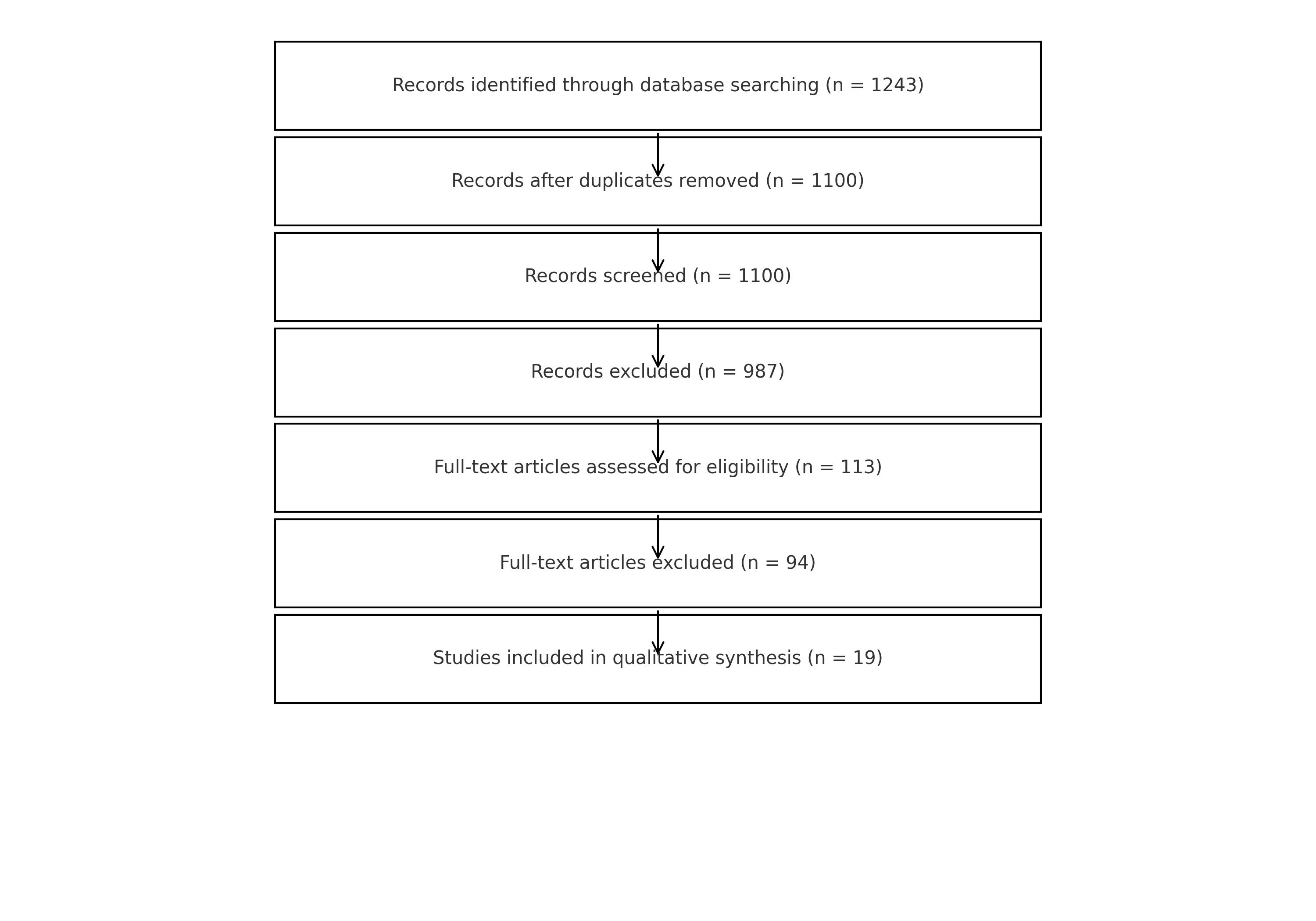Tuesday Poster Session
Category: Biliary/Pancreas
P4322 - Beyond the Triad: Diagnostic Delays and the Role of Biomarkers in Atypical Acute Cholangitis -- A Systematic Review
Tuesday, October 28, 2025
10:30 AM - 4:00 PM PDT
Location: Exhibit Hall
- TK
Tanishq Kesani, MD (he/him/his)
Yuma Regional Medical Center
Yuma, AZ
Presenting Author(s)
Tanishq Kesani, MD1, Riya Varughese Raju, MBBS2
1Yuma Regional Medical Center, Yuma, AZ; 2Maharajah's Institute of Medical Sciences, Springfield, IL
Introduction: Acute cholangitis is a life-threatening biliary tract infection that demands timely recognition and intervention. Historically diagnosed by Charcot’s triad (fever, RUQ pain, jaundice), recent studies reveal its limited sensitivity, especially in elderly, immunocompromised, or septic patients. Atypical presentations often lead to delayed diagnosis and worse clinical outcomes. This systematic review aims to evaluate diagnostic limitations of current frameworks and explore the utility of emerging biomarkers—procalcitonin (PCT), serum lactate, and hepatic artery velocity (HAV)—in detecting atypical cholangitis.
Methods: We conducted a systematic review using PubMed, Scopus, EMBASE, CENTRAL, and Web of Science through May 2025. Studies involving adults (≥18 years) with confirmed cholangitis, reporting clinical features, biomarkers, or outcomes, were included. Data extraction followed PRISMA guidelines. Diagnostic accuracy and outcomes (ICU admission, mortality, time to ERCP, length of stay) were analyzed. Subgroup analyses were conducted for PCT, lactate, and HAV.
Results: Nineteen studies involving >3,200 patients from 11 countries were included. Charcot’s triad had low sensitivity (25–45%), while Tokyo Guidelines (TG13/TG18) showed improved sensitivity (78–90%) when paired with imaging/lab parameters.
Discussion: This review highlights that atypical cholangitis is both common and underrecognized. Over-reliance on Charcot’s triad contributes to diagnostic delays. Biomarkers like PCT, lactate, and HAV can significantly enhance early identification and risk stratification. These findings support revising future guidelines to include biomarker-based criteria for timely diagnosis and improved clinical outcomes.

Figure: PRISMA flow diagram summarising the study selection process for the systematic review. A total of 1,243 records were identified, 1,100 were screened after duplicate removal, and 19 studies met inclusion criteria for final qualitative synthesis.

Figure: Summary of diagnostic performance for traditional criteria and emerging biomarkers in acute cholangitis. Procalcitonin and lactate demonstrated high predictive value for severity and early intervention, while hepatic artery velocity (HAV) offered promise as a non-invasive adjunctive marker.
Disclosures:
Tanishq Kesani indicated no relevant financial relationships.
Riya Varughese Raju indicated no relevant financial relationships.
Tanishq Kesani, MD1, Riya Varughese Raju, MBBS2. P4322 - Beyond the Triad: Diagnostic Delays and the Role of Biomarkers in Atypical Acute Cholangitis -- A Systematic Review, ACG 2025 Annual Scientific Meeting Abstracts. Phoenix, AZ: American College of Gastroenterology.
1Yuma Regional Medical Center, Yuma, AZ; 2Maharajah's Institute of Medical Sciences, Springfield, IL
Introduction: Acute cholangitis is a life-threatening biliary tract infection that demands timely recognition and intervention. Historically diagnosed by Charcot’s triad (fever, RUQ pain, jaundice), recent studies reveal its limited sensitivity, especially in elderly, immunocompromised, or septic patients. Atypical presentations often lead to delayed diagnosis and worse clinical outcomes. This systematic review aims to evaluate diagnostic limitations of current frameworks and explore the utility of emerging biomarkers—procalcitonin (PCT), serum lactate, and hepatic artery velocity (HAV)—in detecting atypical cholangitis.
Methods: We conducted a systematic review using PubMed, Scopus, EMBASE, CENTRAL, and Web of Science through May 2025. Studies involving adults (≥18 years) with confirmed cholangitis, reporting clinical features, biomarkers, or outcomes, were included. Data extraction followed PRISMA guidelines. Diagnostic accuracy and outcomes (ICU admission, mortality, time to ERCP, length of stay) were analyzed. Subgroup analyses were conducted for PCT, lactate, and HAV.
Results: Nineteen studies involving >3,200 patients from 11 countries were included. Charcot’s triad had low sensitivity (25–45%), while Tokyo Guidelines (TG13/TG18) showed improved sensitivity (78–90%) when paired with imaging/lab parameters.
Procalcitonin was elevated in cholangitis compared to other infections (AUC 0.87–0.91), outperforming CRP and WBC.
Lactate >2.0 mmol/L predicted ICU need and higher severity (p < 0.01).
HAV ≤25 cm/s correlated with biliary obstruction in Doppler studies.
Biomarker-guided strategies led to earlier ERCP (by 6–18 hours), shorter hospital stay (↓2.1 days, p < 0.05), and reduced mortality (RR 0.78, 95% CI 0.65–0.94).
Discussion: This review highlights that atypical cholangitis is both common and underrecognized. Over-reliance on Charcot’s triad contributes to diagnostic delays. Biomarkers like PCT, lactate, and HAV can significantly enhance early identification and risk stratification. These findings support revising future guidelines to include biomarker-based criteria for timely diagnosis and improved clinical outcomes.

Figure: PRISMA flow diagram summarising the study selection process for the systematic review. A total of 1,243 records were identified, 1,100 were screened after duplicate removal, and 19 studies met inclusion criteria for final qualitative synthesis.

Figure: Summary of diagnostic performance for traditional criteria and emerging biomarkers in acute cholangitis. Procalcitonin and lactate demonstrated high predictive value for severity and early intervention, while hepatic artery velocity (HAV) offered promise as a non-invasive adjunctive marker.
Disclosures:
Tanishq Kesani indicated no relevant financial relationships.
Riya Varughese Raju indicated no relevant financial relationships.
Tanishq Kesani, MD1, Riya Varughese Raju, MBBS2. P4322 - Beyond the Triad: Diagnostic Delays and the Role of Biomarkers in Atypical Acute Cholangitis -- A Systematic Review, ACG 2025 Annual Scientific Meeting Abstracts. Phoenix, AZ: American College of Gastroenterology.
